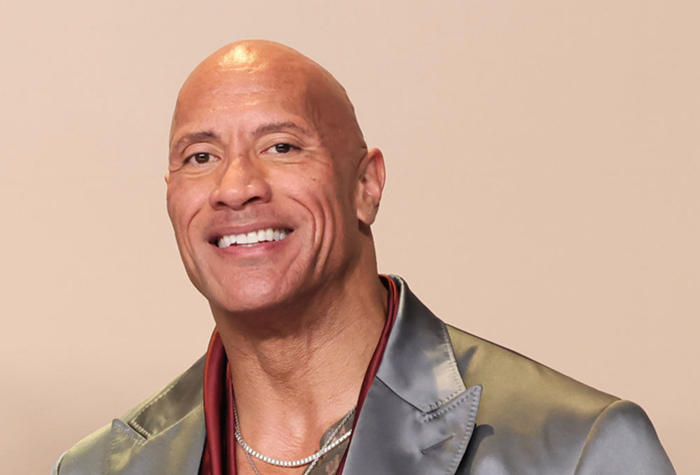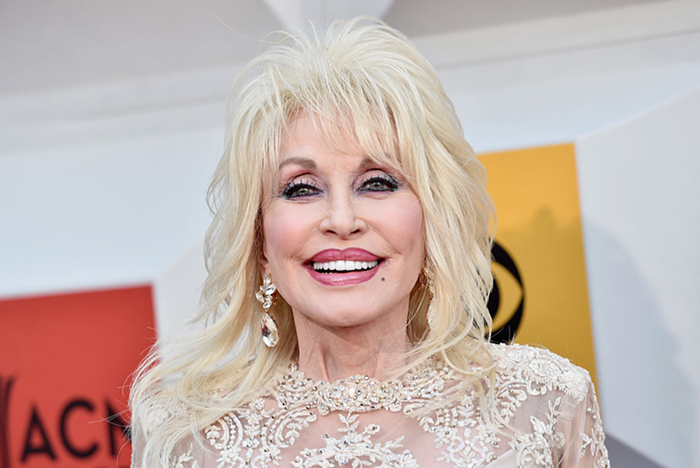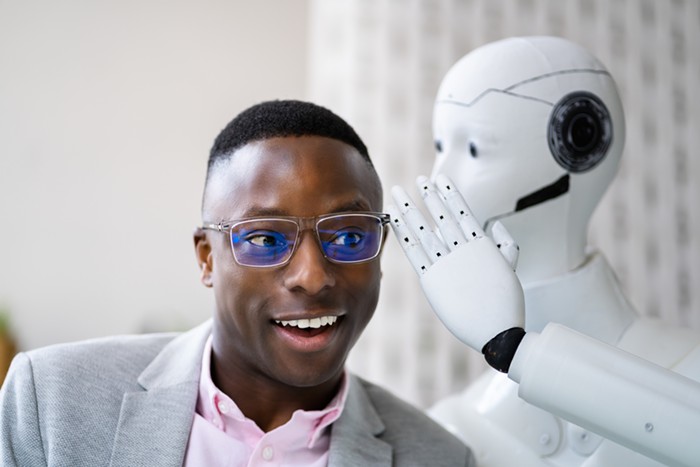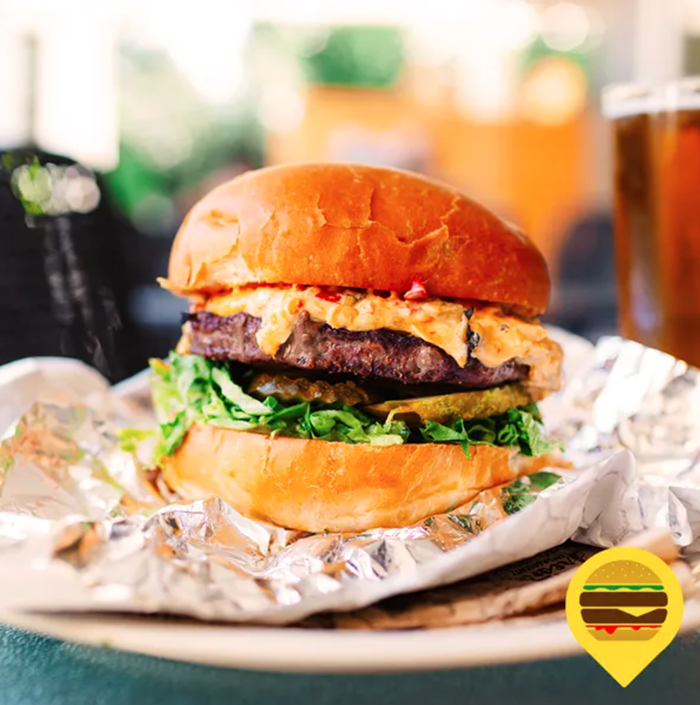Nobody wanted Blade Runner.
1982’s box office belonged to E.T. and Rocky III. Audiences shrugged when the dark, dour Blade Runner hit theaters; even the critics who gawped at the film’s baroque visuals tore apart everything else. “Science-fiction devotees may find Blade Runner a wonderfully meticulous movie and marvel at the comprehensiveness of its vision,” Janet Maslin wrote in the New York Times—before pointing out it was “a film that special effects could have easily run away with, and run away with it they have,” and sniping at director Ridley Scott for expecting “overdecoration to carry a film that has neither strong characters nor a strong story.”
Scott felt differently. “Sometimes the design is the statement,” he insisted in Paul M. Sammon’s 1996 book Future Noir: The Making of Blade Runner. Thirty-five years after Blade Runner’s release, he’s been proven right. Over the decades, the film—which owes as much to noir as it does to science-fiction—has ossified into an endlessly examined, endlessly debated classic, with complexities that reveal themselves incrementally, viewing after viewing. It’s the kind of film whose hero, Deckard (Harrison Ford), is so morally corrupt that he might, in fact, be the villain, and the sort of film whose villain, Roy Batty (Rutger Hauer), is so full-hearted and humane that he might, in fact, be the hero. (“Technology isn’t a villain,” said visual futurist Syd Mead, one of Blade Runner’s concept artists, in a 1982 interview with Starlog. “Even in our movie, the robot replicants are actually people.”)
But looming above everything else in Blade Runner are those visuals. Scott’s then-remarkable vision of a culture-mashed, corporation-ruled Los Angeles—drenched in rain and soaked in neon, its air heavy with shadows and cigarette smoke—has only grown more resonant, seeping into popular consciousness and spawning countless homages, ripoffs, and subgenres.
Even if this future is less believable and tactile than the original, it gets the feel right: Regardless of whether Ryan Gosling finds himself in the caverns of a hologram-filled city or in an expanse of radiation-scoured desert, each frame is soaked with melancholy.
Which explains how, in 2017, we’ve ended up with a film that, in 1982, would have been inconceivable: Blade Runner 2049, which stars Ryan Gosling and features Ford, who’s now on the third leg of the greatest hits tour he began with Indiana Jones and the Kingdom of the Crystal Skull and Star Wars: The Force Awakens. On the upside, 2049 comes with some heavy-duty talent: brilliant director Denis Villeneuve (who crafted a sci-fi classic of his own with 2016’s Arrival), unparalleled cinematographer Roger Deakins, and Hampton Fancher, one of Blade Runner’s original screenwriters. On the downside, 2049 also features Jared Leto, who is a bad actor who should not be allowed to act.

Villeneuve has his work cut out for him. 2049 not only has to stay true to Scott’s circa-1982 concept of the future, but also has to deliver a future that feels plausible in 2017. The result—in large part thanks to Deakins’ jaw-dropping talent—doesn’t disappoint: 2049’s future feels safer and cleaner, lacking Blade Runner’s sensuous grime (there’s barely a single cloud of cigarette smoke), but its imagery is no less striking, particularly when Villeneuve and Deakins go wide with hypnotic vistas of a decaying Earth. Even if this future is less believable and tactile than Scott’s, it gets the feel right: Regardless of whether LAPD officer K (Gosling) finds himself in the caverns of a hologram-filled city or in an expanse of radiation-scoured desert, each frame is soaked with melancholy. No character harbors the delusion that they are not, inherently and eternally, alone; they wander an Earth that’s a ghost of its former self.
Less effective is the plot, which, this time around, there’s just a lot more of. As K digs into a surreal mystery, characters come and go (usually bloodily, when it comes to the going), secrets are uncovered and covered back up, and 2049 finds itself in the strange position of dredging up the scant plot of the original Blade Runner. While that film—loosely inspired by the 1968 novel Do Androids Dream of Electric Sheep?, written by the amphetamine-fueled Philip K. Dick—had just enough plot to move around its characters, 2049 relies far more on narrative. Sometimes this pays off. Sometimes it makes 2049 feel like a film that plotting could have easily run away with, and run away with it it has.
The worst parts of 2049 are those that lean hardest on Blade Runner, but thankfully, Villeneuve & Co. are mostly content to build and expand rather than revisit and rehash. 2049’s most memorable chunks are the things that’re new this time around, like K’s complicated relationships with his kind, sad-eyed girlfriend, Joi (Ana de Armas), and his steely, curt boss, Joshi (Robin Wright). There are moments of strange and genuine creepiness; there are jarring sights that, without a single word, evoke hundreds of years of history; there’s a desolate ache that makes the future seem both beautiful and horrible. At its best, 2049 finds K moving through a dreamlike, half-familiar dystopia—asking a few old-school Blade Runner questions about the nature of identity, and adding many more of his own.
There could have been more. Even at two and a half hours, and even after the end credits, the darkly gorgeous future of 2049 beckons—an eerie, dangerous mix of future and past, something that’s part 2017, part 1982, all 2049. Science-fiction usually works best when it pushes forward, forward, forward; with Blade Runner 2049, Villeneuve reminds us that we can never leave behind our past.


















